What is a Rollator? A Comprehensive Guide
Every individual has unique mobility needs. For some, a simple cane suffices while others might require more comprehensive solutions like a wheelchair. If you fall somewhere in between, a rollator might be the perfect solution. But, what is a rollator? This article explores the concept of rollators, their uses, benefits, types, and when to use them.
The Concept of Rollators
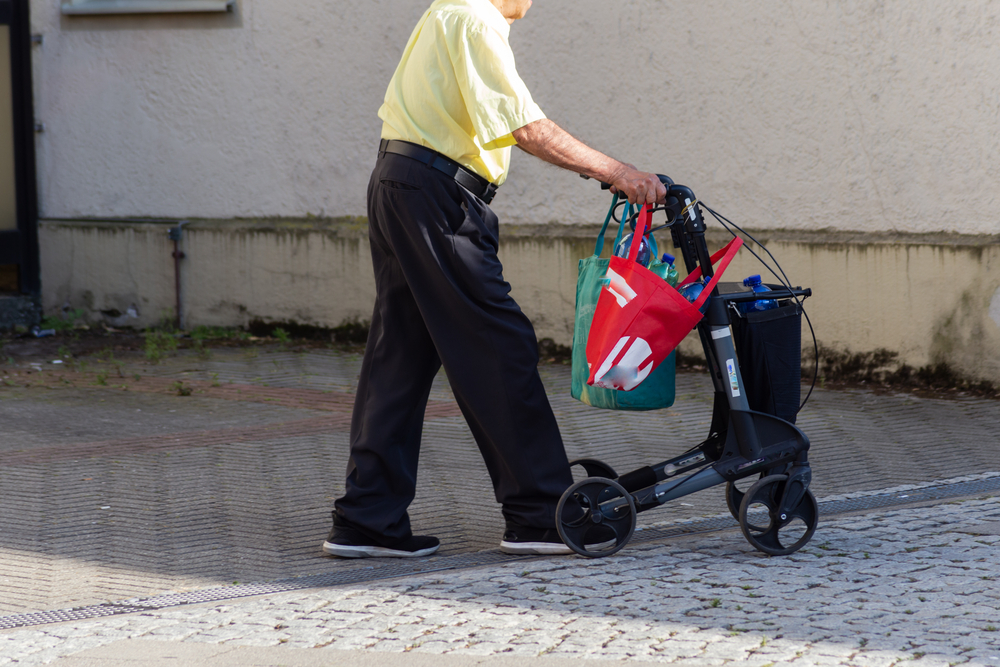
A rollator, often termed as a wheeled walker, is a mobility aid designed to help individuals who have difficulty moving around independently. Unlike a traditional walker, a rollator is typically equipped with three or four large wheels, handlebars, and a built-in seat.
The primary function of a rollator is to provide balance assistance. It’s an ideal choice for those who require a walking aid for balance but not for weight-bearing. This makes it distinct from a walker, which is used for both balance and weight-bearing.
If your medical condition necessitates frequent rest stops, a rollator could be an optimal choice due to the presence of a seat and a crossbar for back support. In contrast, a traditional walker doesn’t have a seat, making it less suitable for those who need to rest often.
The Advantages of Using Rollators
Rollators are an excellent tool for enhancing independence, especially for individuals who wish to continue living at home despite mobility challenges. They offer a multitude of advantages that make them a preferred choice over other mobility aids.
Firstly, rollators are equipped with seats that allow users to rest whenever they need to. This is particularly beneficial for individuals with conditions that require them to take frequent breaks.
Secondly, rollators come with accessories like baskets, which can hold shopping bags, making outdoor tasks easier to manage.
Lastly, the three or four-wheel design of rollators makes them more maneuverable and easier to control than traditional walkers. This feature is particularly useful in crowded places or tight spaces where sharp turns are often required.
Various Types of Rollators
There are several types of rollators available in the market, each with different features tailored to meet individual needs. It’s important to understand these variations to ensure that you select the rollator that best fits your requirements.
Height-Adjustable Rollator
A height-adjustable rollator comes with a seat and handlebars that can be adjusted to match the user’s height. Some models have a wide enough range to be marketed as both “adult” and “youth” models.
Rollators with Handle Brakes
Unlike traditional walkers, all types of rollators, whether three-wheel or four-wheel, are equipped with handle brakes. This is because rollators have wheels on all legs, making brakes necessary for safety.
Standard Weight Rollator
The average rollator weighs around 15 pounds, although there are lightweight models that weigh approximately 11 pounds. The slight difference in weight can be significant for individuals with limited arm strength.
It’s also important to consider the weight capacity of the rollator. Standard rollators are tested safe for individuals weighing up to 250-350 pounds. However, there are bariatric models available for individuals weighing up to 400-500 pounds.
Bariatric rollators typically have a lower seat to facilitate easy usage. However, they tend to weigh more than standard rollators. Therefore, when choosing a rollator, it’s necessary to balance the weight of the rollator and its weight capacity.
Folding Rollator
Most rollators come with a feature that enables them to be folded up easily. This feature is particularly useful for transportation as it allows the rollator to fit more easily into a car, bus, or airplane.
Indoor/Outdoor Rollator
Rollators are versatile and can be used both indoors and outdoors. Some models come equipped with soft gripping casters and non-marring tires, typically at least 6″ in diameter. These are designed to protect your indoor floors from marks while making it easier to navigate over dirt paths outdoors. Larger wheels (8″ and 10″) are better suited for outdoor use and uneven terrain.
Three-Wheel Rollator
The three-wheel rollator, shaped like a tricycle, is lighter than the four-wheel model and is often said to be easier to maneuver due to its ability to make sharper turns. This characteristic makes it particularly useful in small spaces. However, these models typically do not have a built-in seat.
The Cost of Rollators
Generally, rollators are more expensive than traditional walkers, with a price difference of around $50 on average. However, the cost can vary based on the features present in the rollator. It’s essential to discuss the cost versus features with the salesperson and your family to make an informed decision.
Rollators vs. Walkers
While both rollators and walkers are designed to provide support while walking, they each serve different purposes.
Walkers
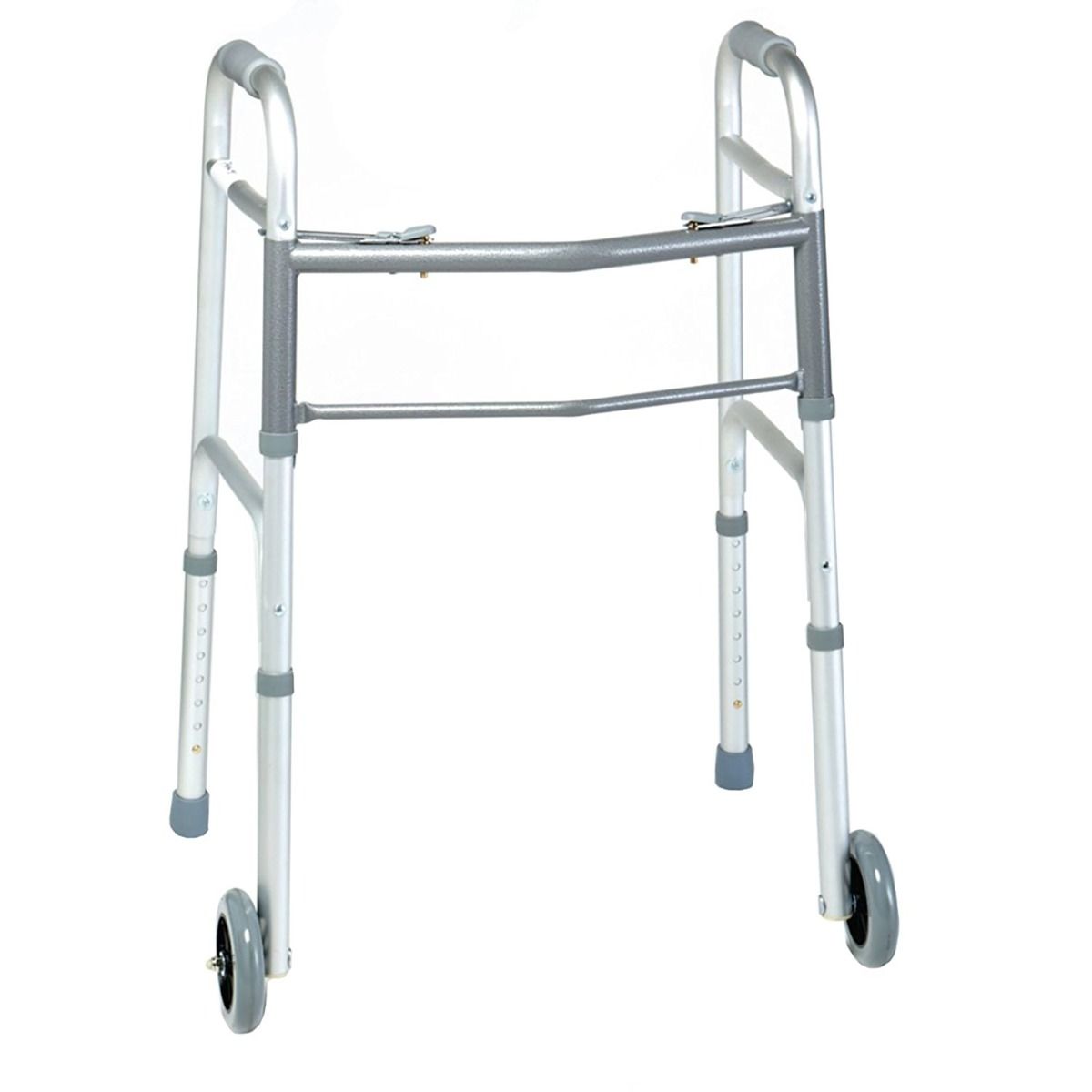
A walker is a mobility aid that offers stable support for individuals with balance problems. Non-wheeled walkers must be picked up and moved forward before taking another step, which might be challenging for those with limited arm strength.
On the other hand, wheeled walkers, equipped with two front wheels, offer support as well as maneuverability. Walkers generally don’t come with a seat but can be customized with accessories like pouches, baskets, and trays to hold objects.
Rollators
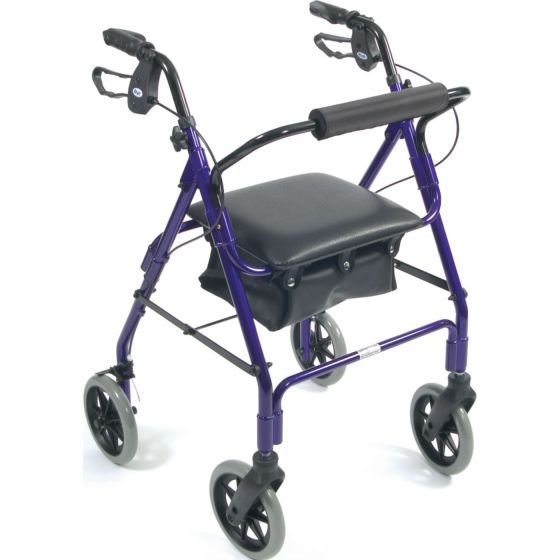
A rollator is a mobility aid that offers enhanced mobility and stability. They are available in three or four-wheel versions and are often heavier than walkers due to the additional features like wheels and brake systems.
Three-wheeled rollators are lighter and fit into smaller spaces, while four-wheeled rollators offer stability and easy mobility. Most rollators come with a seat for resting and a basket for holding belongings.
When to Use a Walker or Rollator
The decision to use a walker or rollator depends on the individual’s mobility needs and physical capabilities.
When to Use a Walker
Walkers are suitable for individuals who need stable support and move at a slower pace. They are an excellent choice for people who are mobile enough to walk but have difficulty moving from one room to another. Walkers can also be beneficial for individuals recovering from hip or knee replacement surgery, who cannot bear weight on one leg.
When to Use a Rollator
A rollator is ideal for people who can walk but need assistance with balance and stability. Rollators enable users to walk at a faster pace and help maintain a normal gait. Users should be able to steer the rollator and operate the hand brakes as needed. Most rollators come with a seat, allowing users to rest as needed.
Speciality Mobility Aids
There are several specialized rollators and walkers available to cater to specific conditions or needs.
Best Rollator for Parkinson’s Patients
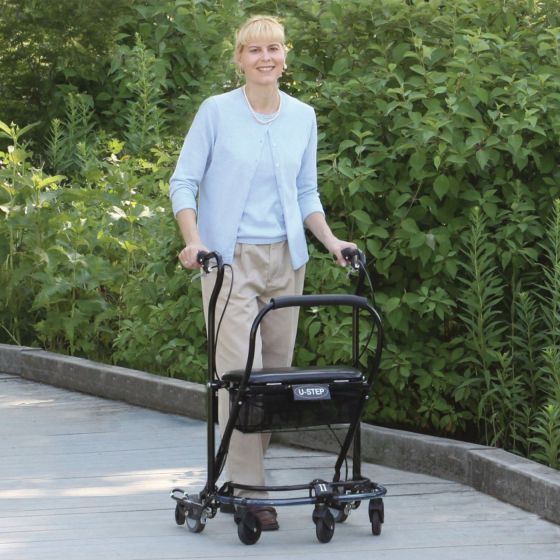
The U-Step II Rollator is specifically designed for individuals with neurological conditions. This rollator doesn’t move until the user initiates walking using the hand brakes. The rolling speed can be controlled using the resistance control lever, and it comes with a seat and under-the-seat basket.
For individuals with classic Parkinson’s disease, the U-Step II Rollator with a laser light can be beneficial. The guiding red laser light projected in front of the rollator helps reduce freezing gait episodes.
Best Posture Rollator
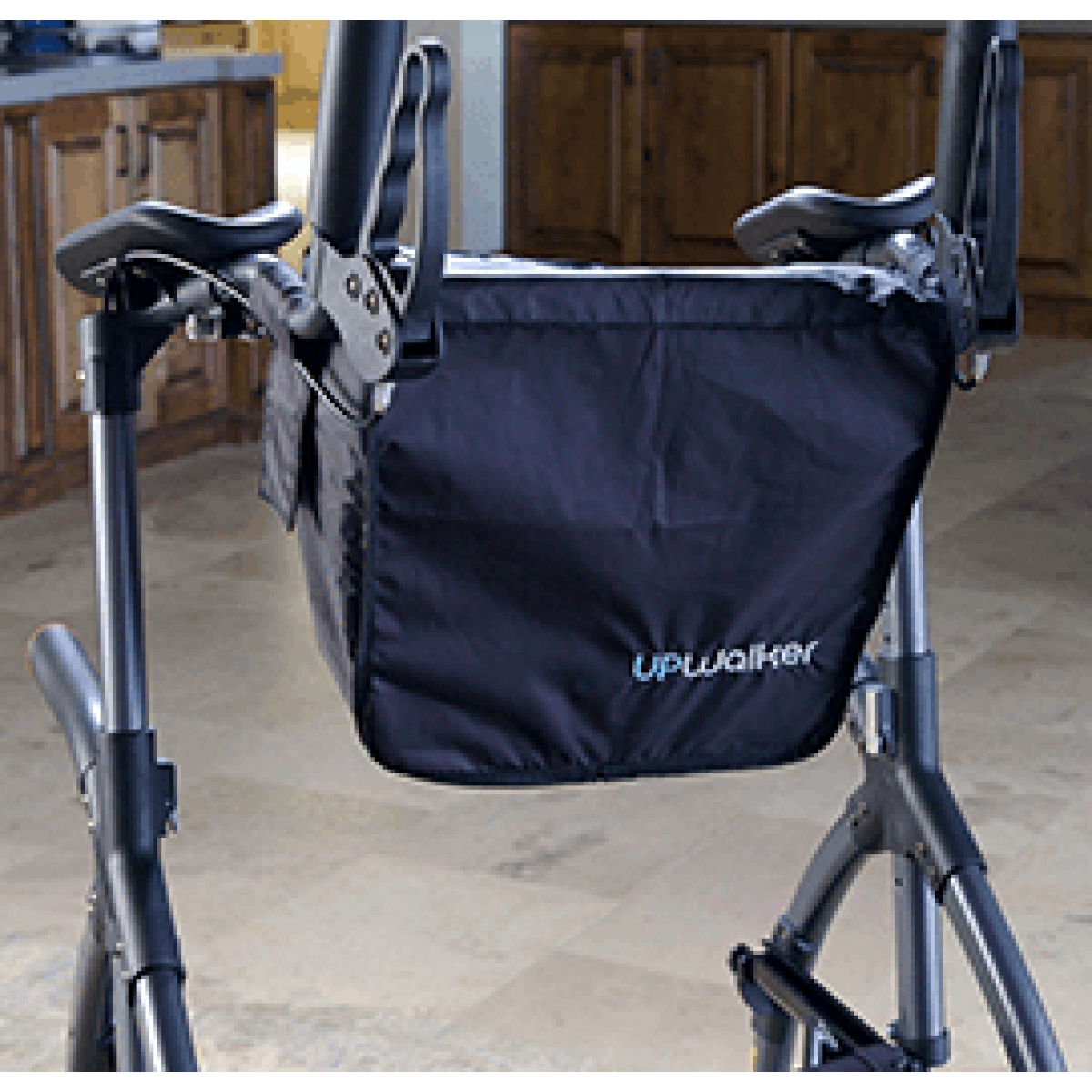
The UpWalker is a posture rollator designed to help users maintain good posture while walking. Compared to a traditional rollator, the UpWalker allows users to stand upright, potentially reducing back pain and discomfort in the hands and wrists. It can be customized with added accessories like a bag, beverage holder, smartphone holder, cane/umbrella holder, or flashlight.
Best Cardiac Walker
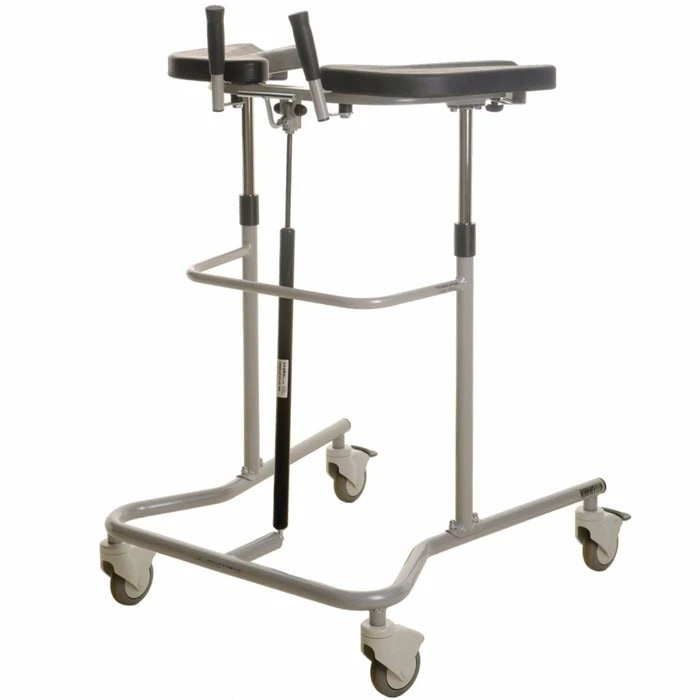
The EVA Support Walker is designed for early walking after surgery. It supports the user’s weight during standing activities. The walker features comfortable forward-facing handgrips and width-adjustable, padded armrests to prevent them from sliding during movement.
Best Non-Weight Bearing Aid
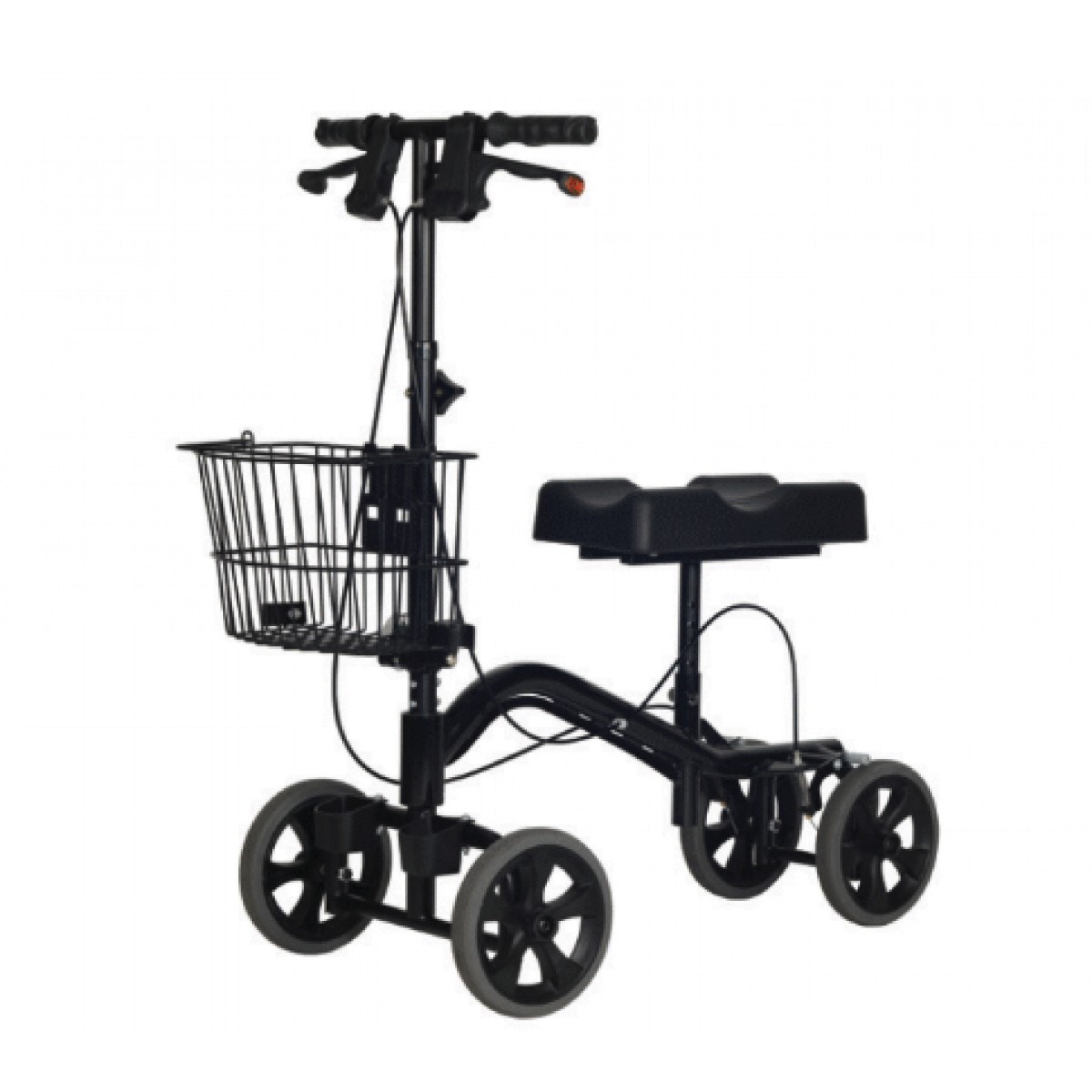
The Days Steerable Knee Walker features a cushioned and contoured seat that comfortably supports half of the user’s body weight, relieving pressure on injuries below the knee. The rollator can support either the left or right knee and can be adjusted to fit any height. It also comes with dual hand brakes for excellent control and a front basket for personal belongings.
Final Thoughts
There are various ways to enhance an individual’s mobility and enable them to comfortably engage in activities they enjoy. Rollators are one such tool that can significantly improve an individual’s quality of life. Whether you’re a patient looking for a suitable mobility aid or a healthcare professional seeking information for a patient, understanding what is a rollator and its benefits can help you make an informed decision.
References
Boughner, A. (2016). The Great Gait Debate: Walker vs. Rollator. Graham Field. Retrieved from https://gograhamfield.com/walker-vs-rollator-great-gait-debate/
Medical Disclaimer: The information provided in this article, including text, graphics, images and other material, is for informational purposes only and should not be used as a substitute for professional medical advice, diagnosis or treatment. Always seek the advice of your physician or other qualified health provider with any questions or concerns you may have regarding your condition.

